Climate change over the last two decades is making the effects of El Niño more extreme
From drought to disease, the impacts are felt around the world
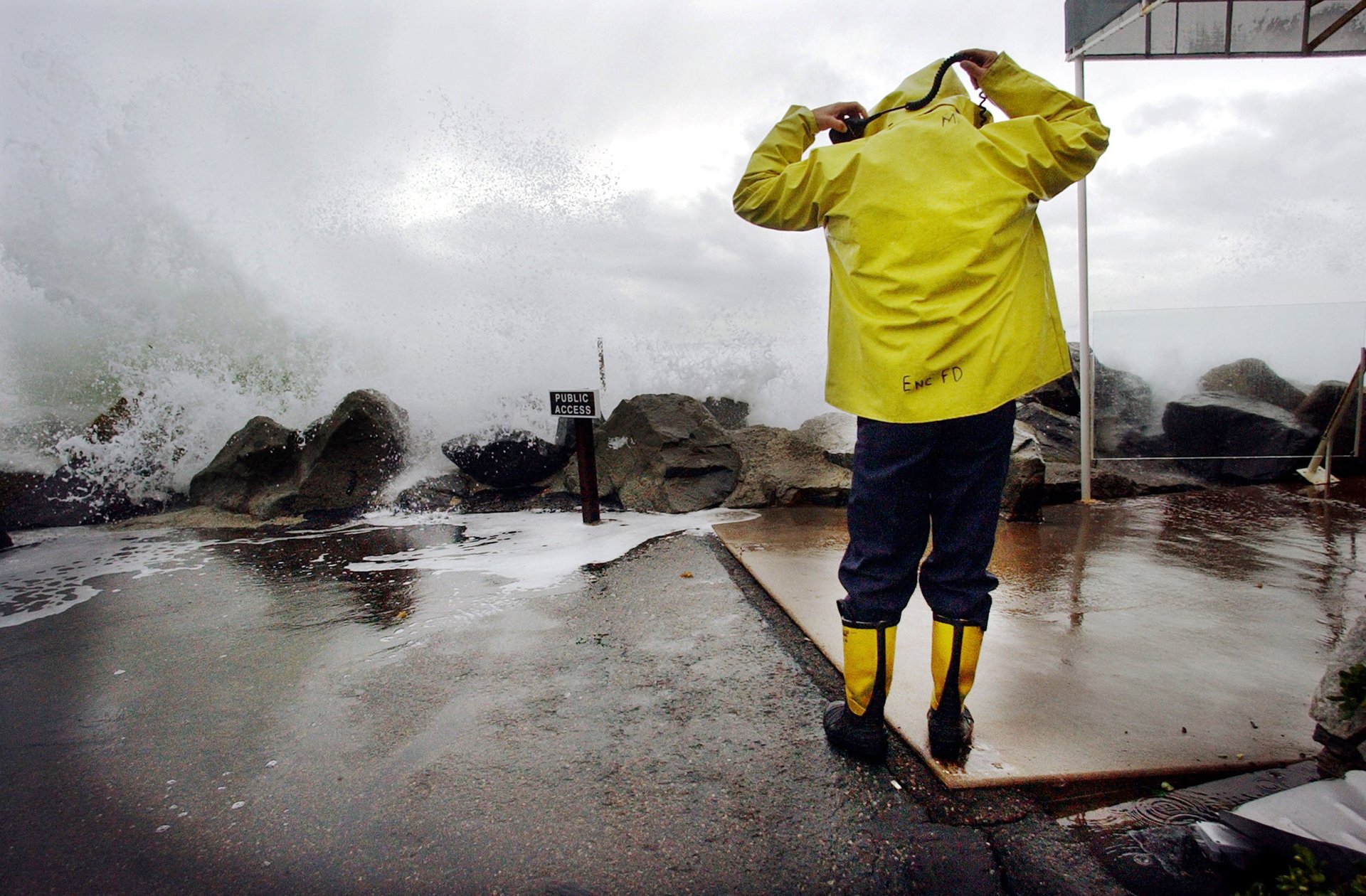
Since 2000, there have been seven El Niño events. The last and strongest El Niño of that time period lasted two years, from 2014-2016. This year, El Niño is back and may prove to be even stronger. Rising global temperatures set a hotter baseline for this El Niño, which naturally warms the Earth, to be even more extreme. Here’s a look at how past El Niño events have affected livelihoods across the globe.
2 / 8
El Niño 2002-2003
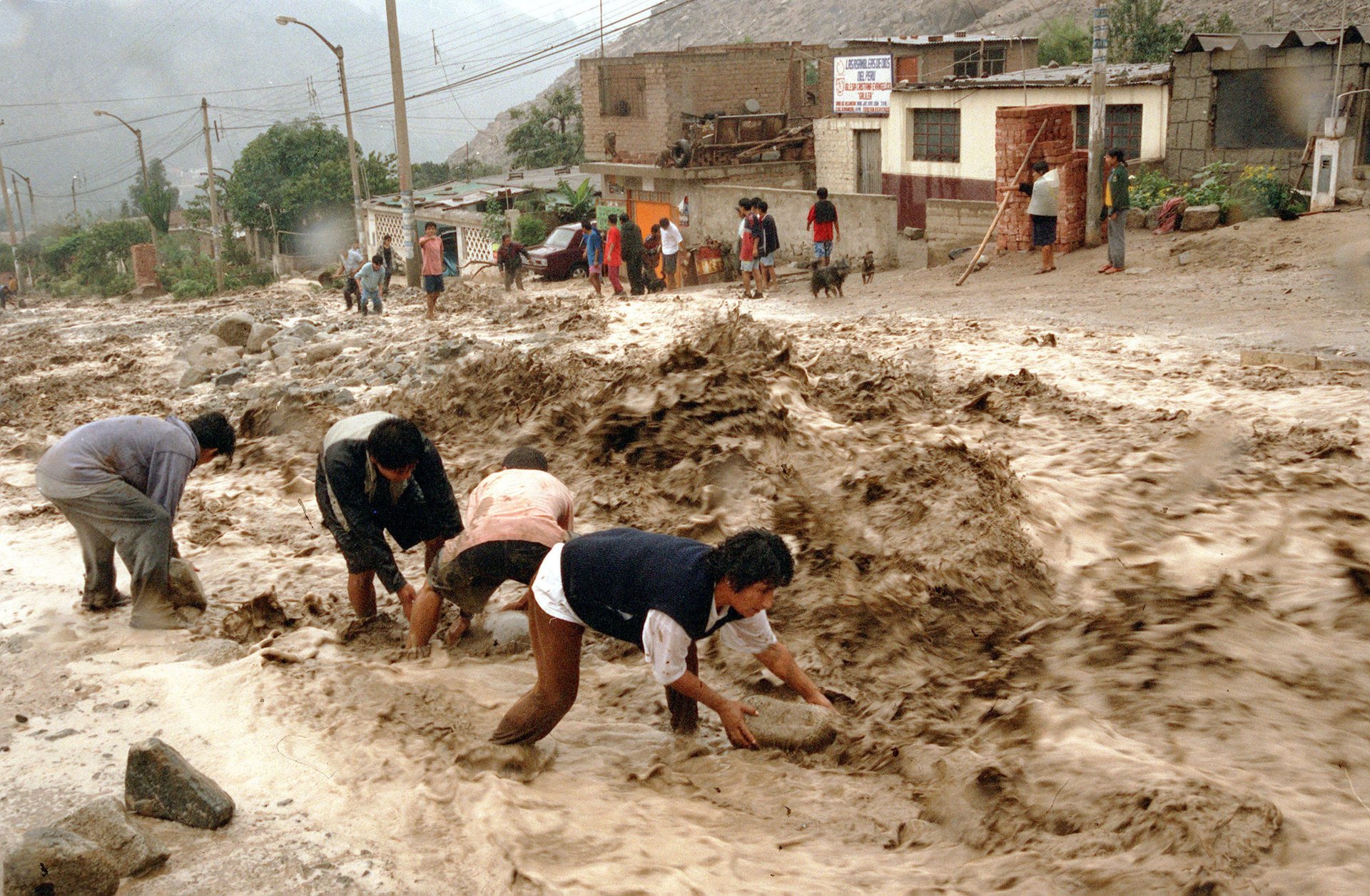
Villagers from the district of Huachipa outside Lima, Peru on Feb. 5, 2002 try to slow down a mudslide by putting stones on the pavement. Coastal Peru and Ecuador experience some of the heaviest rain, flooding, and mudslides during El Niño.
3 / 8
El Niño 2004-2005
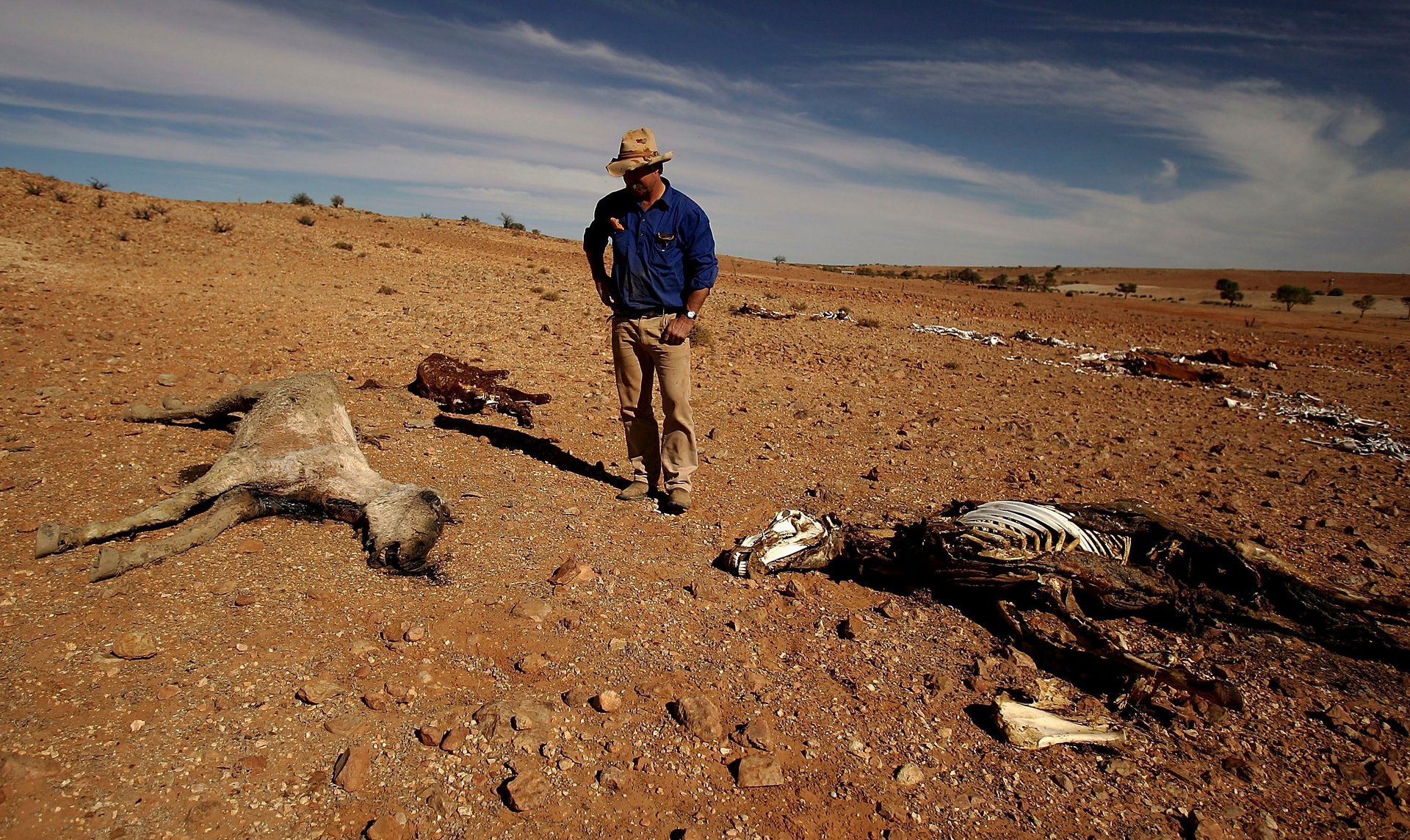
El Niño can wreak havoc on crops and increase fire risk with dangerously dry conditions. Australia endured its worst drought in decades and with the combined effect of increasing temperatures and El Niño. Here, stockman Gordon Litchfield from Wilpoorinna sheep and cattle station surveys dead horses and cattle in a dry dam on his property on June 7, 2005 in Leigh Creek, Australia.
4 / 8
El Niño 2006-2007
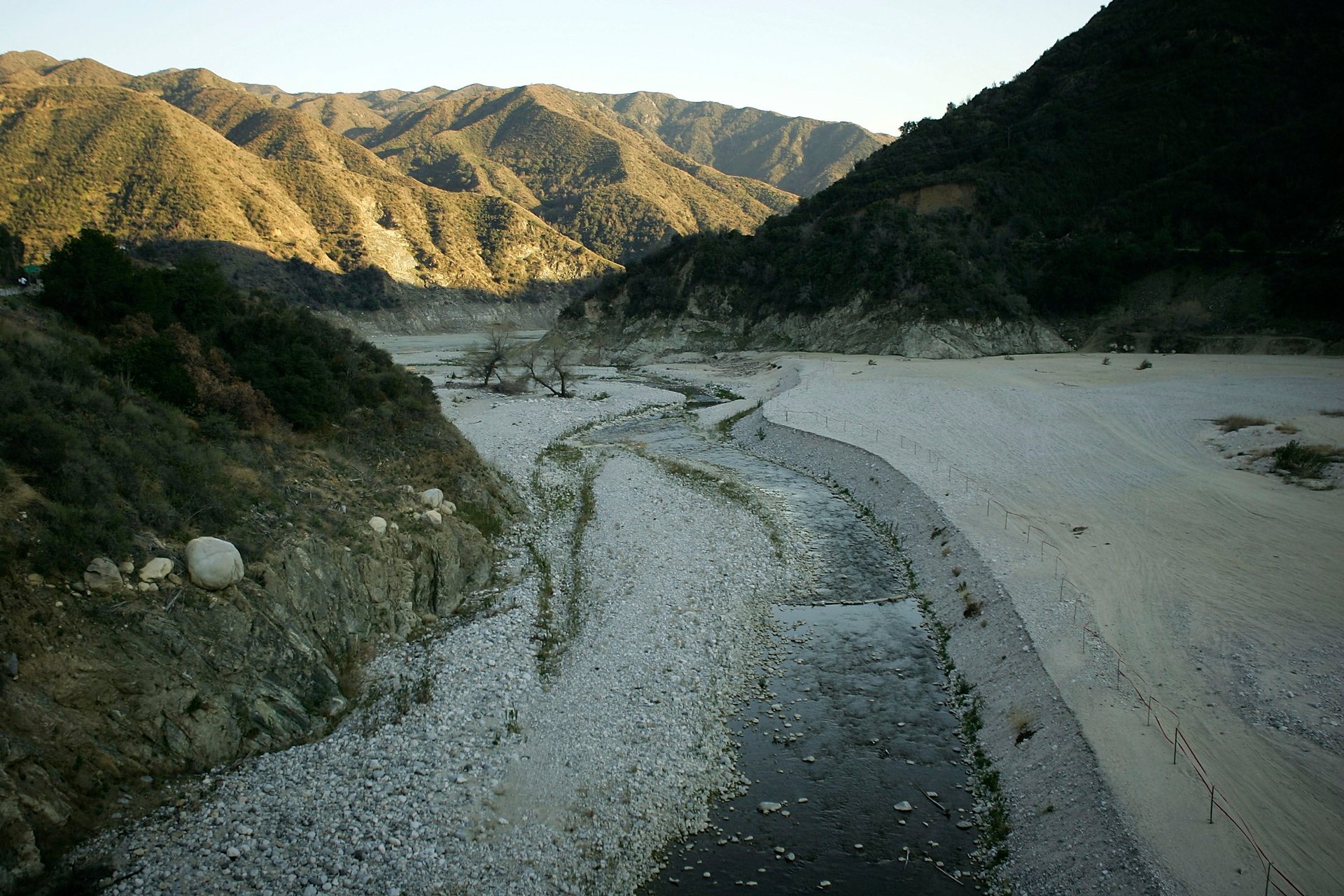
Two years after the second wettest winter ever recorded in southern California, one year after a record summer heat wave killed more than 100 Californians, and almost two months after a near-record cold snap destroyed more than $800 million worth of California crops and brought snow to unusual places near Los Angeles, a two-day heat wave added to a continuation of strange weather patterns in southern California. The National Oceanic and Atmospheric Administration (NOAA) dramatically downgraded its forecast for a winter of warm El Niño rains and the National Weather Service announced that this rainy season was the driest in downtown Los Angeles since records began in 1877.
5 / 8
El Niño 2009-2010
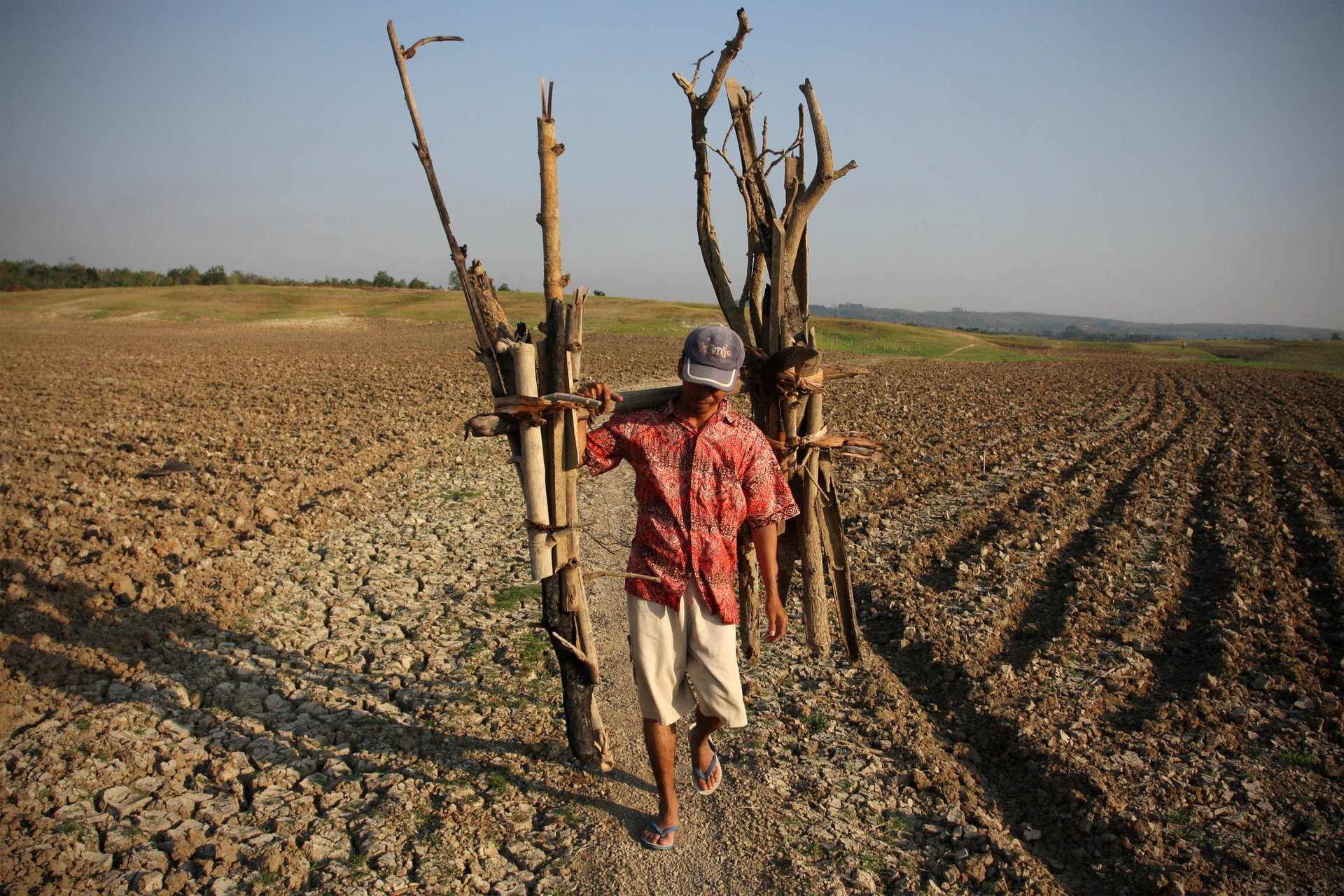
A villager walks through a field affected by drought on Aug. 4, 2009 in Lamongan, near Surabaya, East Java, Indonesia. The area went without rain as a result of El Niño pushing the annual rains to later in the year. The Indonesian government announced measures to minimize the drought’s effects, including stockpiling rice.
6 / 8
El Niño 2014-2016
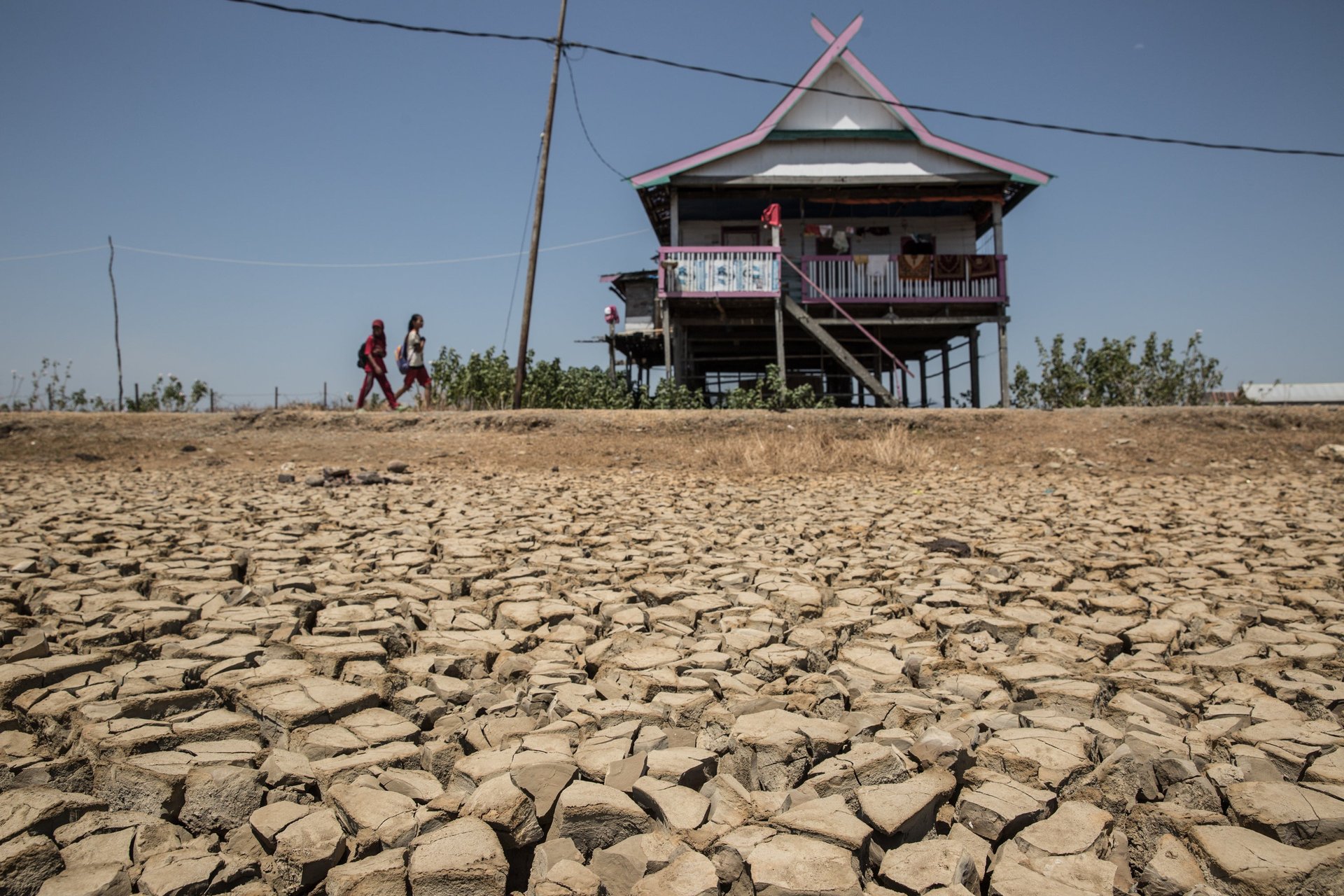
Indonesia got hit harder the following El Niño, with its national disaster management agency declaring that the majority of the country’s 34 provinces experienced drought—the worst such in the past five years. The dry season forced villagers to walk long distances to find clean water.
7 / 8
El Niño 2014-2016
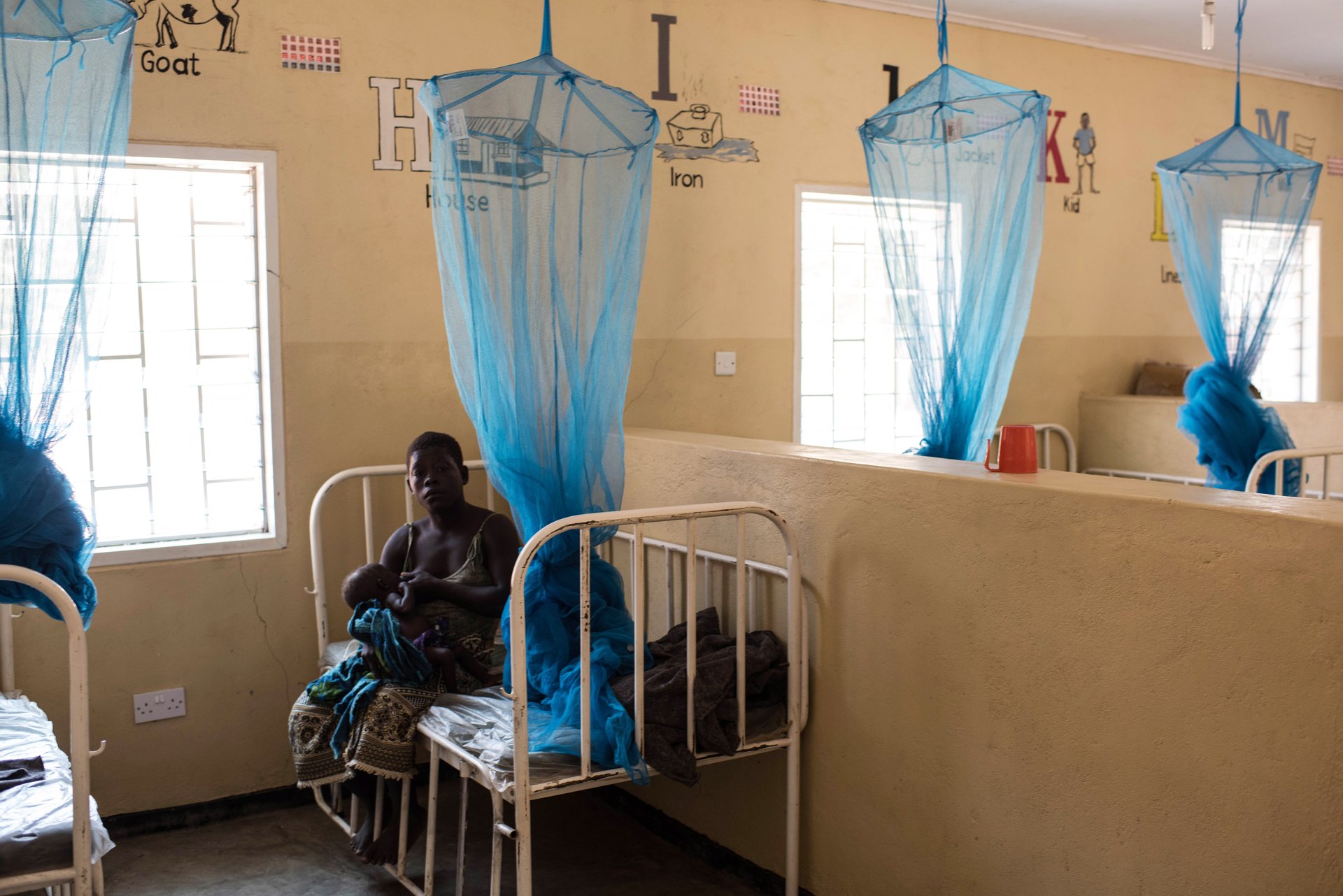
El Niño 2014-2016 was one of the worst in the last two decades. Drought associated with El Niño created famine throughout Southern Africa with over 60 million people dependent on food aid. In East Africa, increased rainfall during El Niño allowed for sewage to contaminate local water sources, resulting in an uptick of cholera. In Brazil and Southeast Asia, dengue fever proliferated.
8 / 8
El Niño 2018-2019
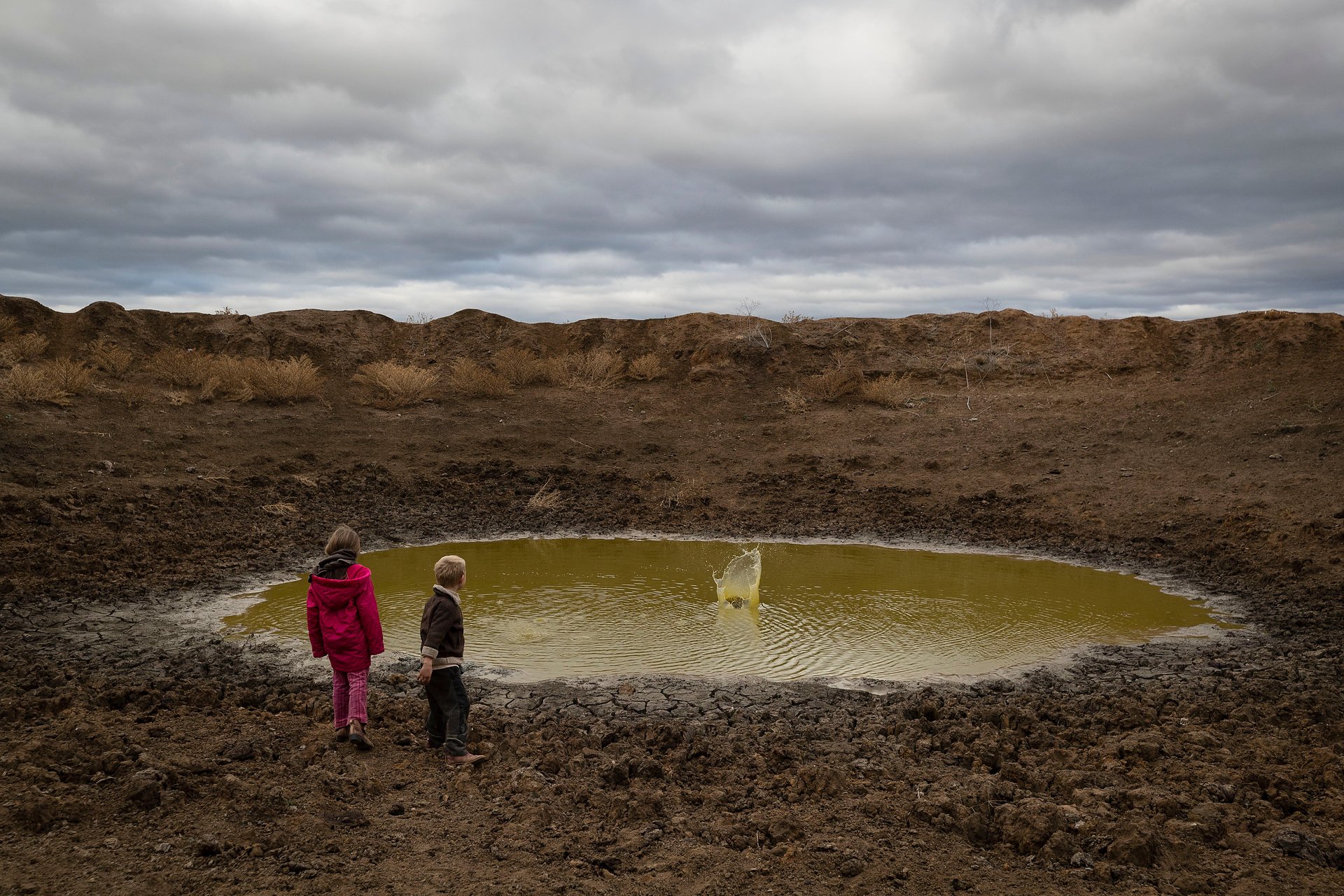
In the Central Western region of New South Wales, Australia, locals called the drought of 2018 the worst since 1902. Dams were depleted and residents restricted their water use. The New South Wales State government enacted an emergency drought relief package of A$600 million, of which at least A$250 million was allocated for low-interest loans to assist eligible farm businesses to recover. While the package was welcomed, a local farmer captured the sentiment saying “it barely touches the sides.”
